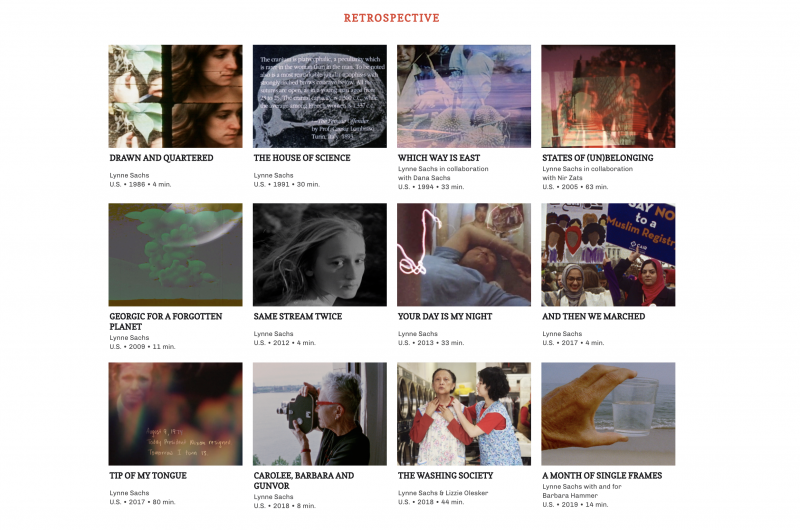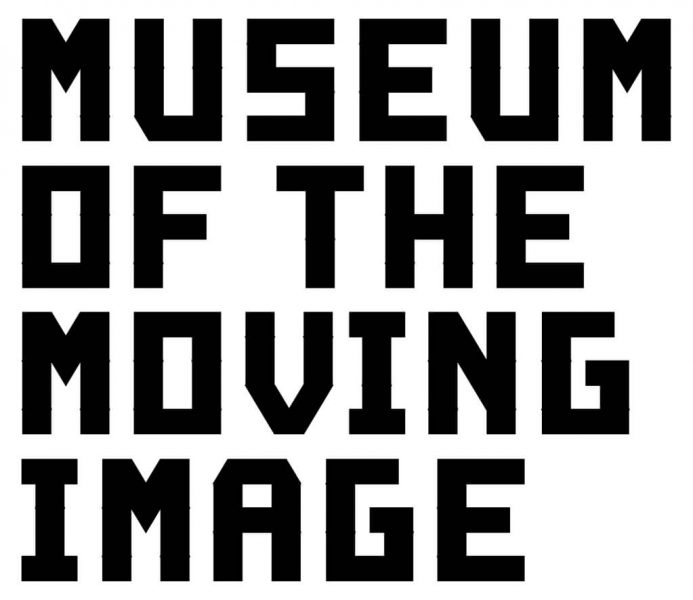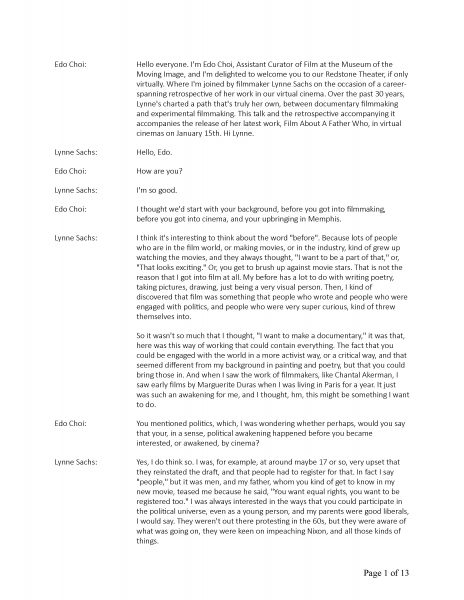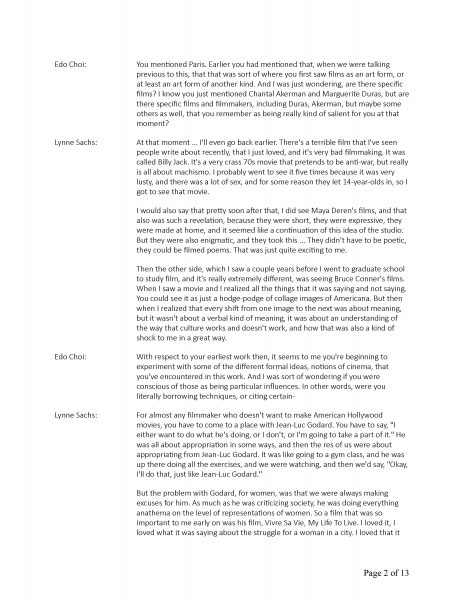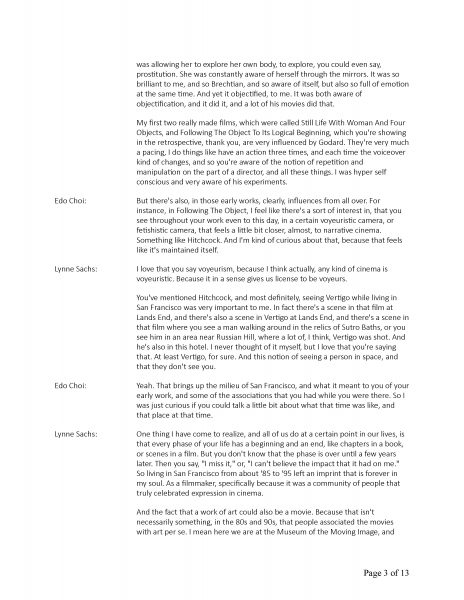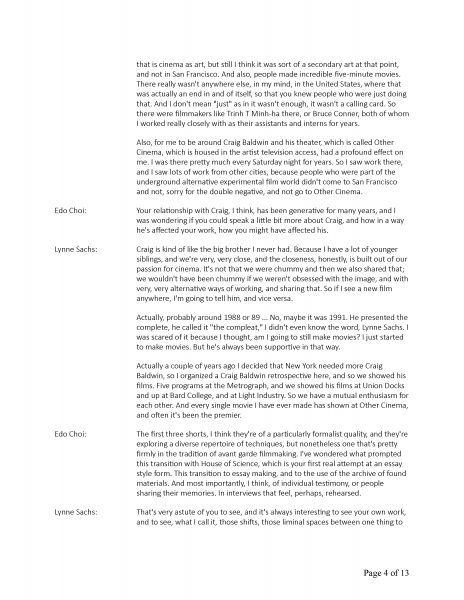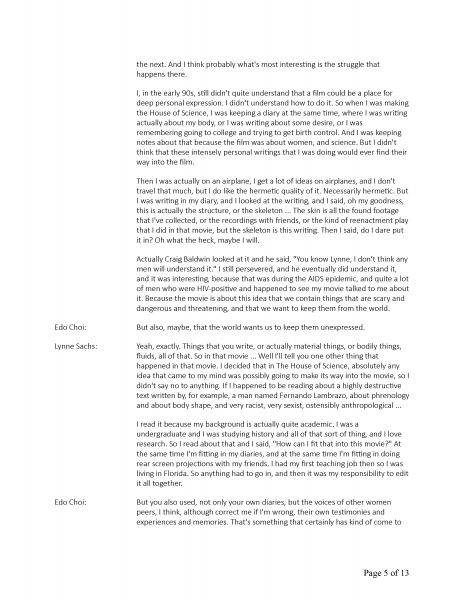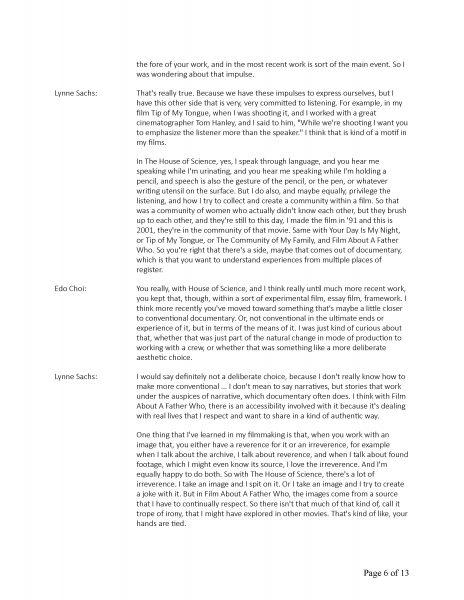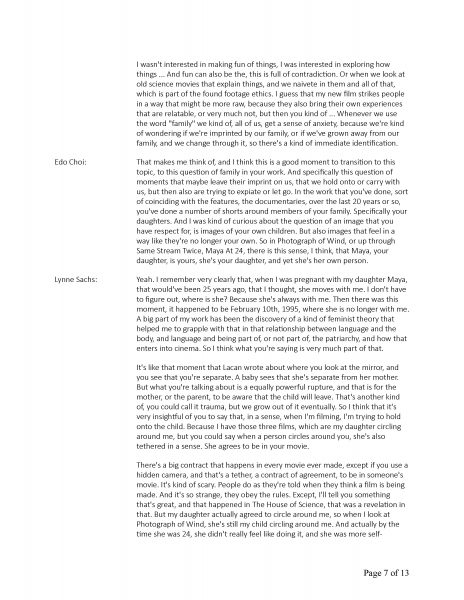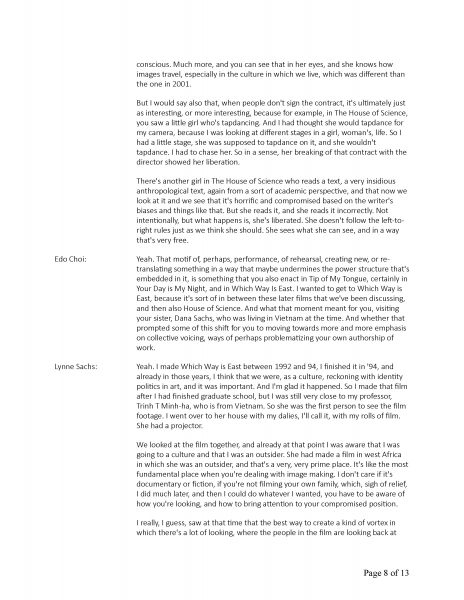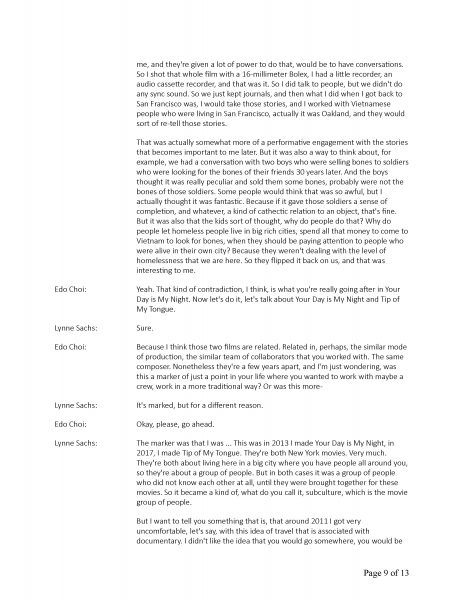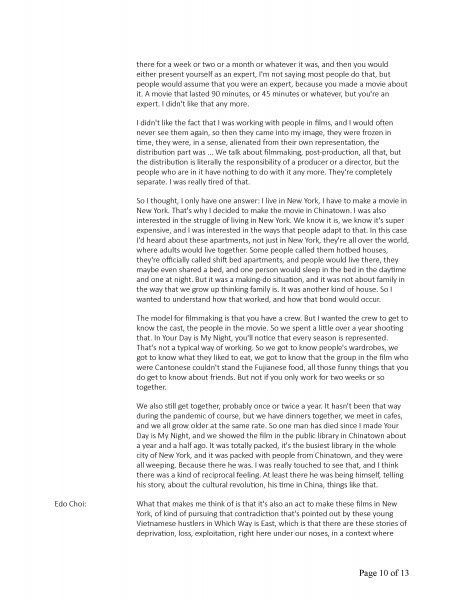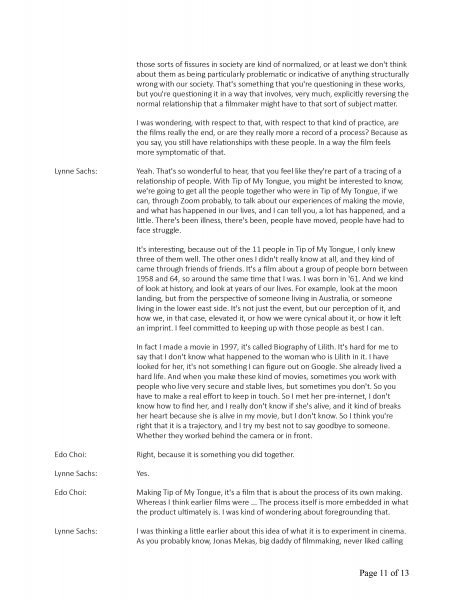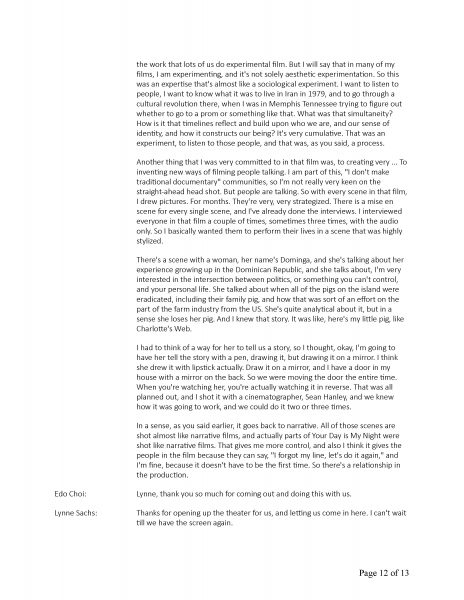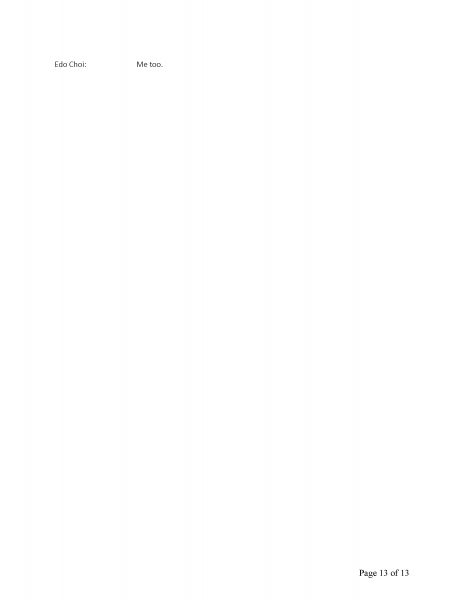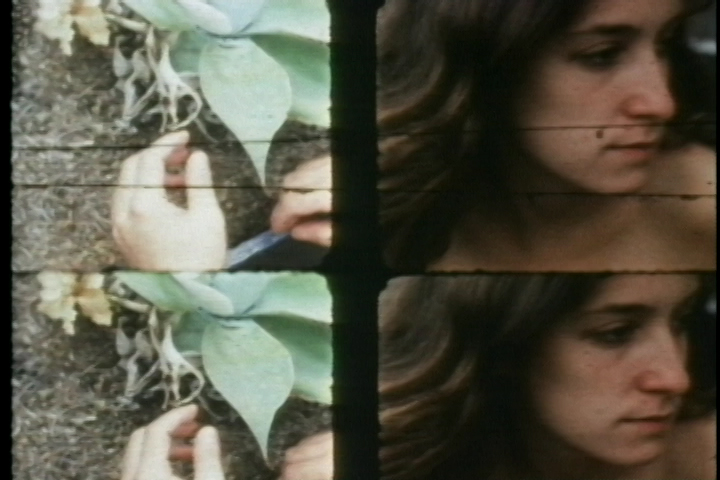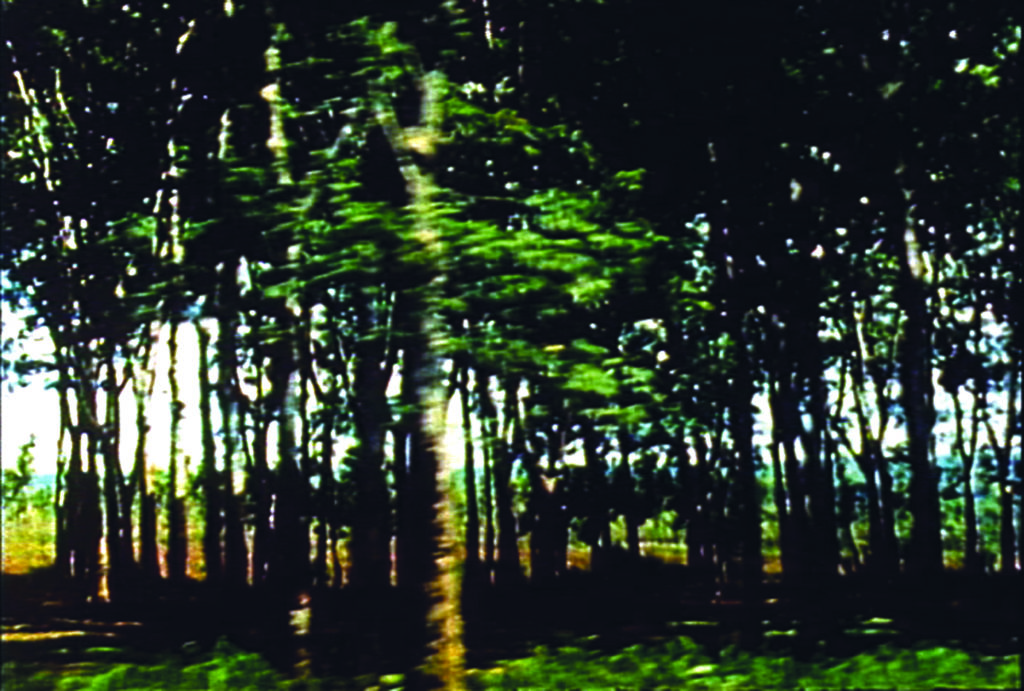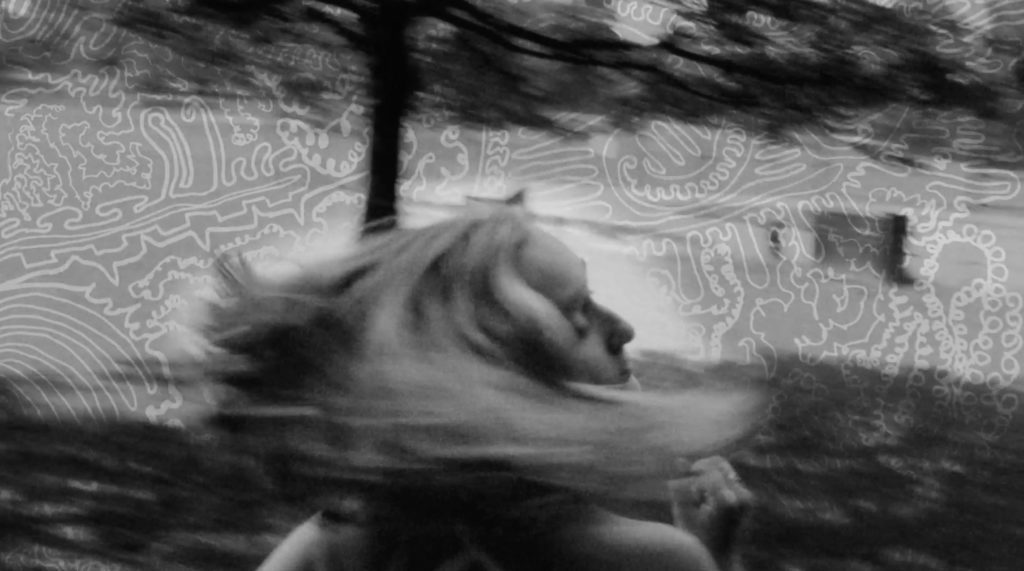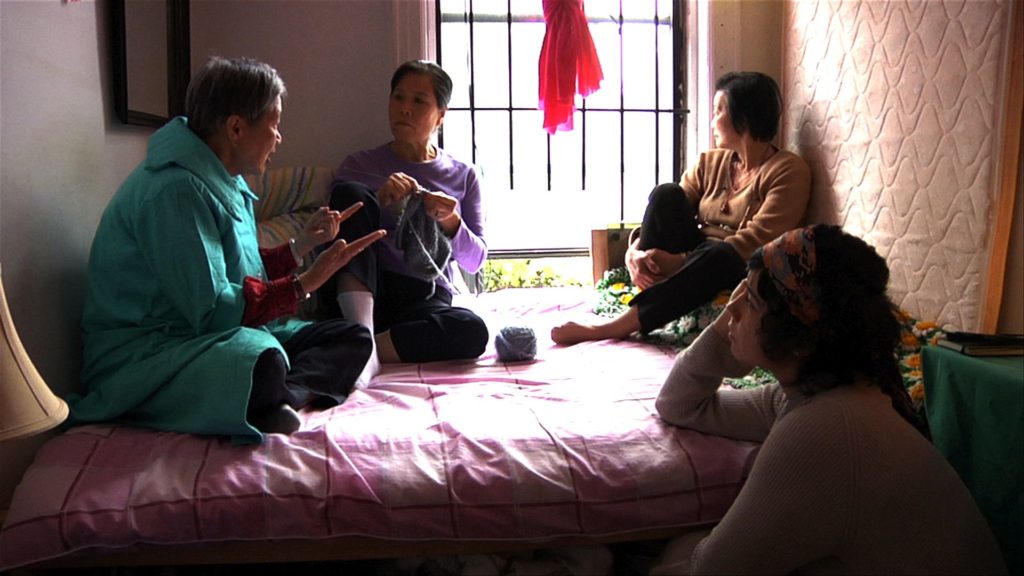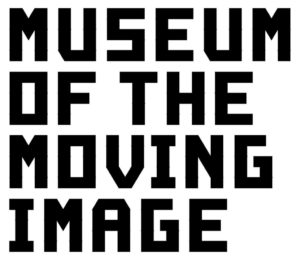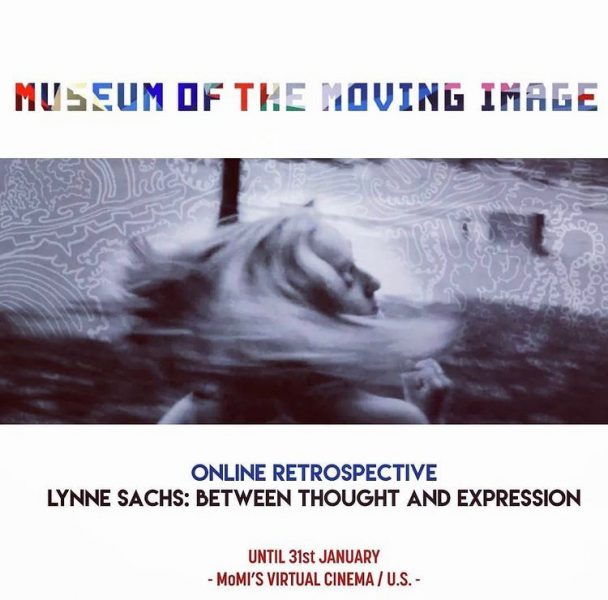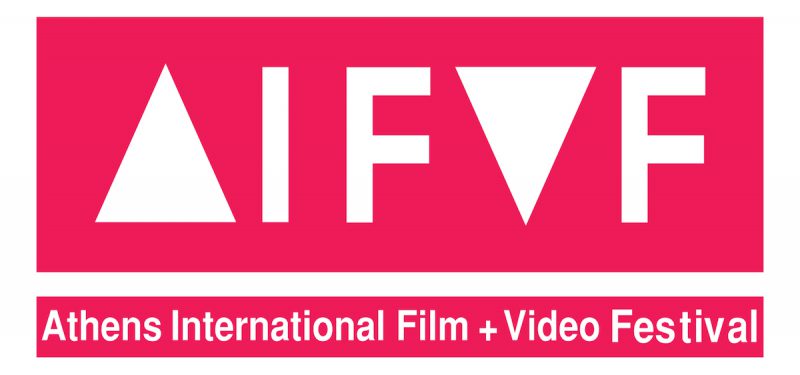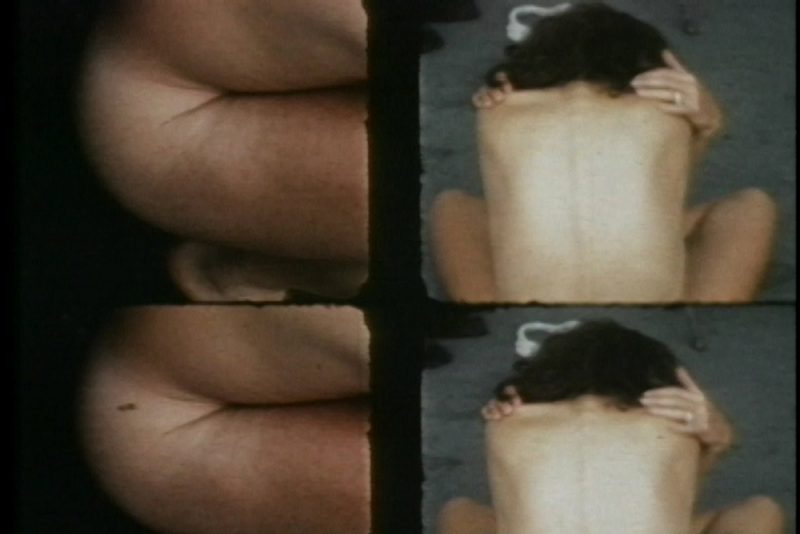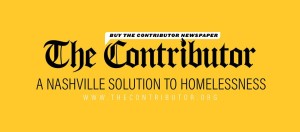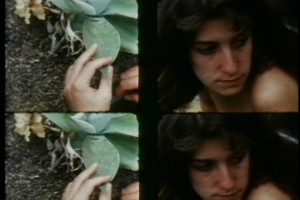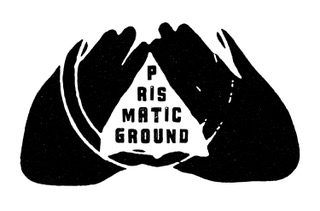
Prismatic Ground
March 2021
Screen Slate
https://www.screenslate.com/articles/prismatic-ground
Hosted April 8-18
Here: https://www.prismaticground.com/
Prismatic Ground is a new film festival centered on experimental documentary. The inaugural edition of the festival, founded by Inney Prakash, will be hosted virtually in partnership with Maysles Documentary Center and Screen Slate. Catch the ‘Opening Night,’ ‘Centerpiece,’ and ‘Closing Night’ events live via Screen Slate’s Twitch channel. The rest of the films, split into four loosely themed sections or ‘waves’, will be available for the festival’s duration at prismaticground.com and through maysles.org. On April 10, at 4PM ET, Prismatic Ground will present the inaugural Ground Glass Award for outstanding contribution in the field of experimental media to Lynne Sachs. Other live engagements TBA.
Logo: Kelsey Kaptur
Opening Night: Thursday, April 8th at 8PM ET on twitch.tv/screenslate
The Films of Anita Thacher
Co-presented by Microscope Gallery. Film critic Amy Taubin in conversation.
Centerpiece: Thursday, April 15th at 8PM ET on twitch.tv/screenslate
Newsreels of the Distant Now, a special presentation by Creative Agitation (Erin and Travis Wilkerson)
Filmmakers in conversation.
Closing Night: Sunday, April 18th at 8PM ET on twitch.tv/screenslate
Second Star to the Right and Straight on ‘Til Morning (dir. Bill and Turner Ross) + Dadli (dir. Shabier Kirchner, 2018, 14 min.)
Filmmakers in conversation.
Streaming through the festival’s duration at prismaticground.com and through maysles.org:
Ground Glass Award
Prismatic Ground will present the inaugural Ground Glass award for outstanding contribution in the field of experimental media to filmmaker Lynne Sachs on April 10, 2021 at 4PM ET. A selection of Sachs’ work curated by Craig Baldwin will be available for the festival’s duration, courtesy of Baldwin, Sachs, and Canyon Cinema:
Still Life with Woman and Four Objects (4 min., 1986)
Sermons and Sacred Pictures (29 min., 1989)
The House of Science: a museum of false facts (30 min., 1991)
Which Way Is East: Notebooks from Vietnam (made with Dana Sachs) (33 min., 1994)
A Month of Single Frames (for Barbara Hammer) (14 min., 2019)
Investigation of a Flame (45 min., 2001)
And Then We Marched (4 min., 2017)
The Washing Society (co-directed with Lizzie Olesker) (44 min., 2018)
Drawn & Quartered will also be streaming in the program- wave 4: through the flowering fields of the sea
Home in the Woods (dir. Brandon Wilson, 2020, 96 min.)
Bodes In Dissent (dir. Ufuoma Essi, 2021, 6 min.)
Make Sure the Sea Is Still There (dir. Gloria Chung, 2021, 8 min.)
The Aquarium (dir. Paweł Wojtasik, 2006, 22 min.)
hold — fuel — when — burning (dir. dd. chu, 2020, 11 min.)
Depths (dir. Ryan Marino, 2020, 5 min.)
Look Then Below (dir. Ben Rivers, 2019, 22 min.)
Drawn & Quartered (dir. Lynne Sachs, 1986, 4 min.)
End of the Season (dir. Jason Evans, 2020, 13 min.)
Learning About Flowers and Their Seeds (dir. Emily Apter and Annie Horner, 2021, 4 min.)
A Slight Wrinkle in the Strata (dir. Ryan Clancy, 2021, 30 min.)
Back Yard (dir. Arlin Golden, 2020, 7 min.)
In Our Nature (dir. Sara Leavitt, 2019, 3 min.)
By Way of Canarsie (dir. Lesley Steele and Emily Packer, 2019, 14 min.)
About Prismatic Ground
Prismatic Ground is a New York festival centered on experimental documentary. Hosted by Maysles Documentary Center and online NYC film resource Screen Slate, the festival will be primarily virtual for its first year barring a timely end to the ongoing COVID-19 pandemic.
We seek work that pushes the formal boundaries of non-fiction in the spirit and tradition of experimental filmmaking. This “spirit” is somewhat amorphous, undefinable, and open to interpretation, but refers to work that engages with its own materiality, and that privileges a heightened artistic experience over clear meaning.
For a better sense of what we’re looking for, here are some filmmakers that inspire us: Chris Marker, Lynne Sachs, Kevin Jerome Everson, The Otolith Group, Black Audio Film Collective, Pat O’Neill, Cecilia Condit, Edward Owens, Chick Strand, Barbara Hammer, Khalik Allah, Michael Snow, Janie Geiser, Isaac Julien, Trinh T. Minh-ha, Sky Hopinka, Fern Silva, Akosua Adoma Owusu…


